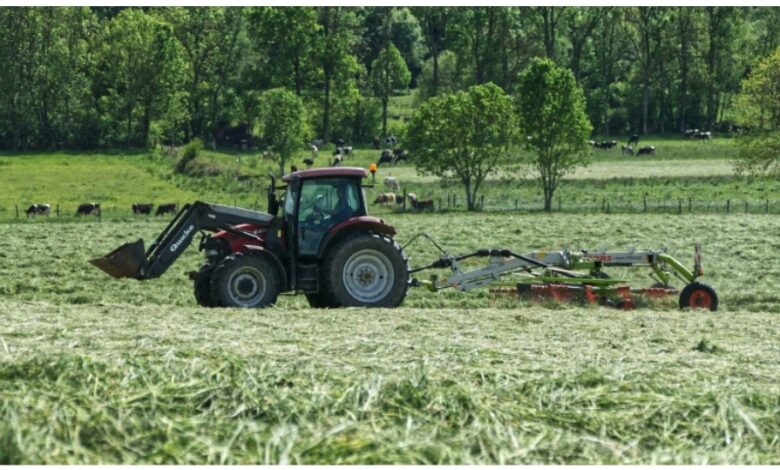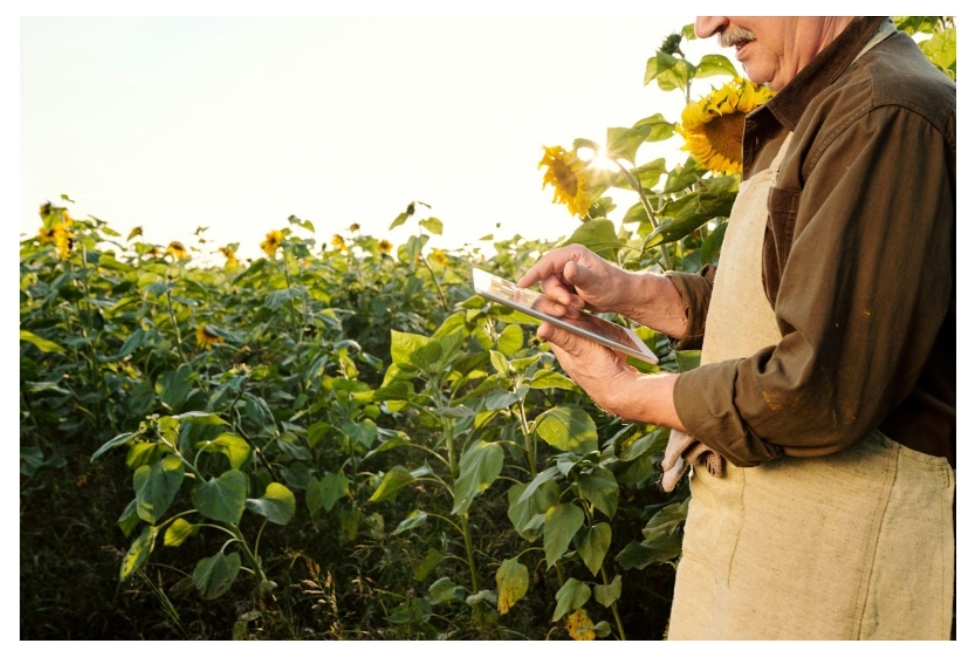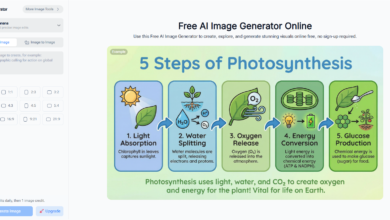The Rise of Smart Farming Tools in UK Agriculture: What You Need to Know

In the rolling fields and patchwork landscapes that define the British countryside, a quiet revolution is taking place. Farmers, once known for their weather-hardened hands and age-old routines, are embracing a new generation of technology: smart farming tools. These innovations—ranging from GPS-guided tractors to AI-powered crop sensors—are redefining how the UK produces food, conserves resources, and meets the challenges of a changing world.
Smart agriculture is more than just a buzzword. It’s a movement, empowering farms both large and small to boost efficiency, cut waste, and improve yields. As agricultural operations face pressure to feed a growing population while reducing their environmental footprint, the right equipment becomes essential. That’s where platforms like https://equipment-outfitters.com/ play a valuable role, helping UK farmers and landowners discover, compare, and select smart solutions tailored to their needs.
So what exactly are these new tools, how are they transforming the face of British agriculture, and what should every stakeholder know in 2025 and beyond? Let’s dig in.
What Is Smart Farming?
At its core, smart farming is the use of advanced technologies—such as sensors, robotics, data analytics, and automation—to optimize every stage of the agricultural process. The aim: to increase productivity, reduce environmental impact, and make farming more sustainable and profitable.
Key components of smart farming include:
- Precision agriculture: Leveraging real-time data to make site-specific decisions about planting, watering, fertilizing, and harvesting.
- Automation: Using robotics and automated machinery for tasks like planting, spraying, or even weeding.
- Data-driven management: Collecting and analyzing information from the field, weather, and machinery to guide daily operations.
No longer just the stuff of futuristic fiction, these technologies are increasingly within reach for UK farmers—thanks to falling costs, government support, and the growing ecosystem of suppliers.
The Driving Forces Behind the Smart Farming Revolution
Why is smart agriculture booming in the UK now? Several key factors are converging:
1. Labour Shortages
The farming sector has faced persistent labour shortages—exacerbated by Brexit, an aging workforce, and rising rural living costs. Automation and robotics help fill these gaps, allowing fewer workers to manage more land with greater efficiency.
2. Sustainability & Climate Change
Farmers are on the frontline of climate change. From erratic rainfall to changing pest pressures, traditional approaches no longer suffice. Smart tools empower precise resource use, reducing chemical runoff, water waste, and carbon emissions.
3. Economic Pressures
Tight margins and volatile markets make efficiency crucial. Data-driven decision-making helps farmers cut unnecessary costs and improve yields—keeping businesses viable amid global competition.
4. Government Support
UK policy increasingly encourages digital and technological adoption in agriculture. According to the UK Government Department for Environment, Food & Rural Affairs (DEFRA), financial incentives and research support are helping farms modernize and digitize.
Spotlight on Key Smart Farming Technologies

1. Precision GPS & Guidance Systems
The days of “eyeballing” a straight line across a field are fading fast. GPS-guided tractors, seeders, and sprayers now enable centimeter-level accuracy, dramatically reducing overlap and wasted resources. This translates to savings on fuel, seed, and fertilizer—while minimizing environmental harm.
2. Drones and Aerial Imaging
A drone’s-eye view gives farmers a new perspective. Unmanned aerial vehicles (UAVs) can survey large areas quickly, capturing high-resolution images that reveal crop health, irrigation issues, or pest infestations before problems spread. The result: faster interventions, higher yields, and less guesswork.
3. Soil and Crop Sensors
Smart sensors embedded in soil or mounted on machinery measure moisture, nutrient levels, and even plant health in real-time. Farmers use this data to fine-tune irrigation and fertilization—delivering just the right amount of water or nutrients, only where needed.
4. Automated Irrigation Systems
Linked with weather forecasts and soil moisture sensors, modern irrigation systems deliver water efficiently, only when and where it’s required. This not only conserves water—a precious and increasingly costly resource—but also improves crop consistency.
5. Livestock Monitoring
Wearable devices, smart collars, and automated feeders are transforming animal husbandry. Farmers can now track movement, health, and nutrition for individual animals, catching illnesses early and optimizing feed efficiency.
6. Farm Management Software & Apps
Centralized platforms allow farmers to track machinery, manage staff schedules, analyze historical data, and even monitor live sensor feeds—all from a smartphone or tablet. Many systems integrate with machinery and sensors for seamless operation.
Barriers and Considerations for UK Farmers
Despite the promise of smart farming tools, widespread adoption isn’t without challenges.
Cost: Upfront investment can be substantial, especially for smallholders. However, the long-term cost savings and government grant schemes can make adoption more affordable.
Connectivity: Many rural areas still struggle with poor broadband or mobile coverage. Some smart tools require reliable connections for real-time data exchange, so infrastructure upgrades are essential.
Skills Gap: Not every farmer is a born technologist. Training and support are vital to make the most of new systems.
Data Security & Privacy: With increased digitalization comes new risks. It’s important for farmers to use secure, reputable systems and stay informed about data rights and protections.
What Does the Future Hold?
Smart farming tools are rapidly evolving. Artificial intelligence, robotics, and the Internet of Things (IoT) are likely to play an even larger role in the coming decade. UK farms may soon deploy autonomous vehicles, robot weeders, and real-time market analysis powered by AI. Blockchain technology is already being explored for supply chain transparency and product traceability.
Importantly, as these technologies become more affordable and user-friendly, even the smallest farms will be able to benefit. Partnerships between farmers, universities, and tech startups are accelerating innovation, ensuring that the UK remains at the forefront of agricultural progress.
How Can Farmers Get Started?
- Research and Networking: Talk to peers, attend agricultural shows, and join online forums to learn what works in similar settings.
- Seek Government Advice: The UK Government’s Farming Innovation Programme provides grants and advice for digital adoption.
- Pilot Projects: Start small. Trial one or two technologies to gauge impact before making larger investments.
- Work with Trusted Suppliers: Companies like Equipment Outfitters offer not just products, but also expertise in setup and ongoing support.
The rise of smart farming tools marks a transformative era in UK agriculture. As pressures mount—from feeding more people to safeguarding the environment—technology offers a path to resilience, profitability, and sustainability.
Embracing innovation isn’t just about gadgets; it’s about changing mindsets, building new skills, and working together across the supply chain. With the right tools and support, British farmers can cultivate not just their fields, but also a brighter, more secure future for generations to come.

